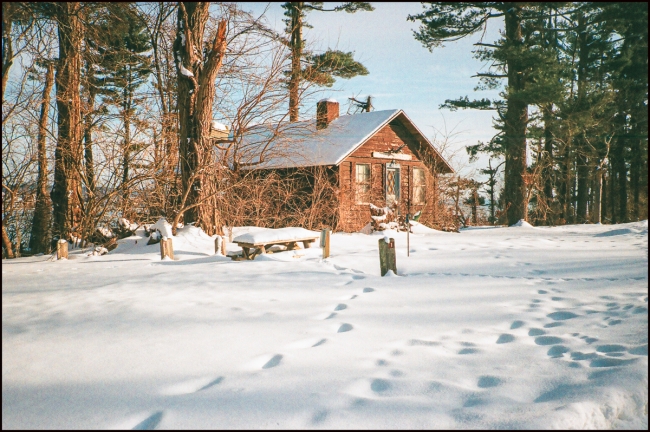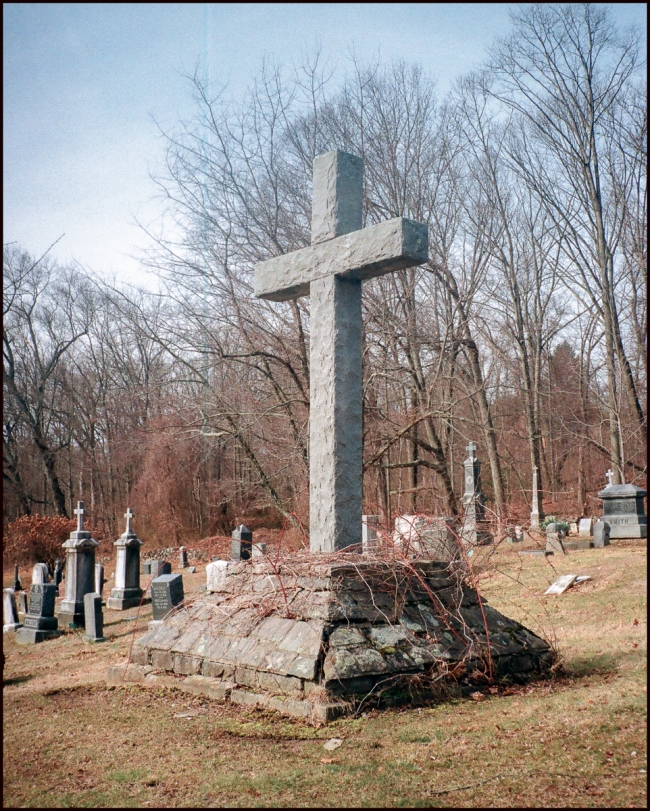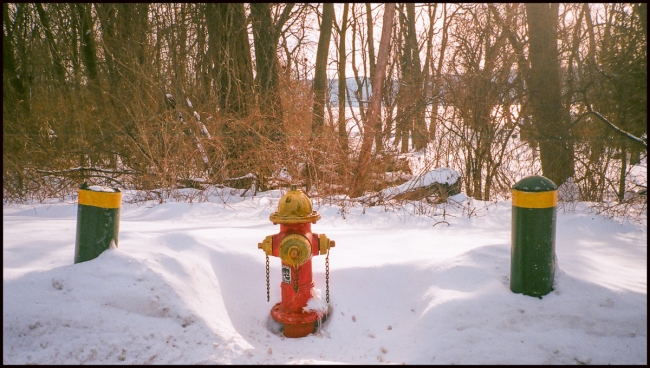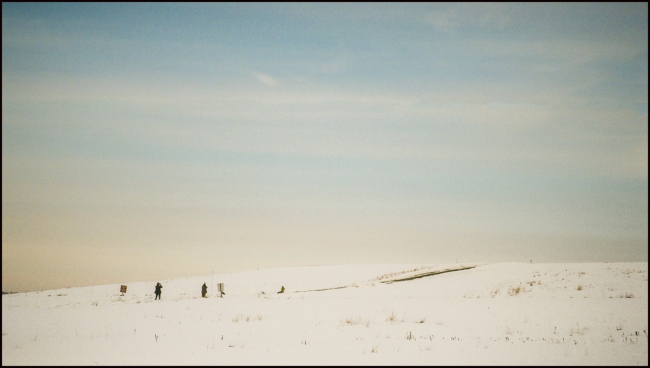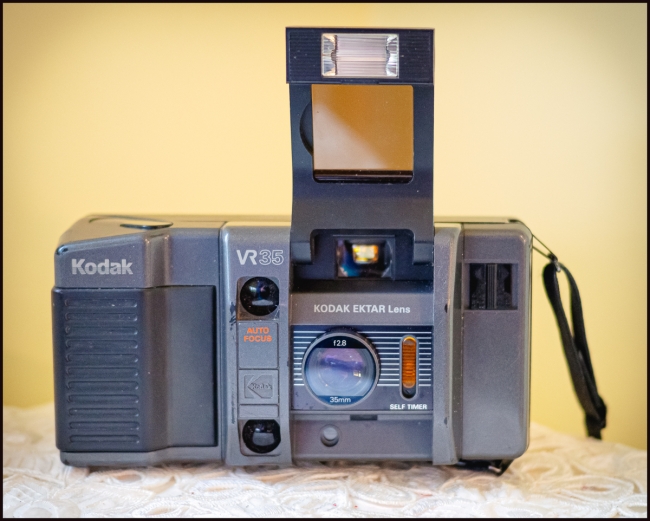All in all it was a pleasant camera to use. Like most point and shoot cameras there is little in the way of settings so you can focus more on your composition than on technical details. I can’t remember that there were any negatived points to the camera, but nor were there any features that blew me away. Other than the lens (a four element f2.8 coated Ektar), which as most reviews state is pretty good. As Mike Eckman says in his review:
There are many cameras from the 1980s that are highly regarded for the quality of images they can make. The Kodak VR35 K14 is not one of them, but it should be. Looking at the images in the gallery above, I would have believed you if you told me these came from a high end German point and shoot, or even an SLR. With the sole exception of a tiny amount of vignetting in some outdoor photos, the images are nearly perfect. Color accuracy is excellent, contrast is excellent, sharpness is excellent. The camera’s metering and auto focus system worked well, even indoors. The garish green florescent cast of the lights from the train picture are accurately rendered here. I used the fill flash feature a couple of times outdoors and it worked wonderfully. I’m only showing 10 of the 24 images from my first roll, but frankly, I could have shown the whole roll and they would have all looked just as great.
Kodak has made some really great cameras in the past. While they don’t enjoy the legendary reputation of other mid 20th century camera marques like Zeiss, Leitz, or Nikon, many of Kodak’s earlier cameras were quite good. Of the ones that were “quite good”, many of them used names like “Medalist” and “Ektar” so when I first started shooting this camera, I’ll admit to having a bit of cautious excitement as to what the camera could do.
I still question the use of the name “Medalist” but at least the camera performs well.
From a usability standpoint, the camera works much like most other automatic mid-80s point and shoots. The camera is a bit on the large side and with questionable ergonomics, but all of that was forgiven when I saw the images.While I question the decision to label this camera as a “Medalist” with an “Ektar” lens as it shares absolutely nothing in common with the original Kodak Medalist or it’s 5-element Ektar lens. The one here is a 4-element semi wide-angle f/2.8 lens that is likely a Tessar inspired design. If Kodak was looking to tap into their past for a high quality point and shoot camera, perhaps they should have called this the “Signet”.
Nevertheless, this Medalist with an Ektar lens absolutely lives up to the reputation of it’s ancestors in how painlessly it delivers fantastic results and is a camera I highly recommend if you have an opportunity to pick one up.
Although it’s larger, and less ergonomic than the Olympus Stylus Epic/Mju II it’s much less expensive and in my opinion produces images that are just a good (or perhaps even better?)
The snowy pictures were taken at Croton Point Park, Croton-on-Hudson, NY and the cemetery pictures at St. Augustine’s in Ossining, NY. I believe the film used was Kodak Colorplus II.


